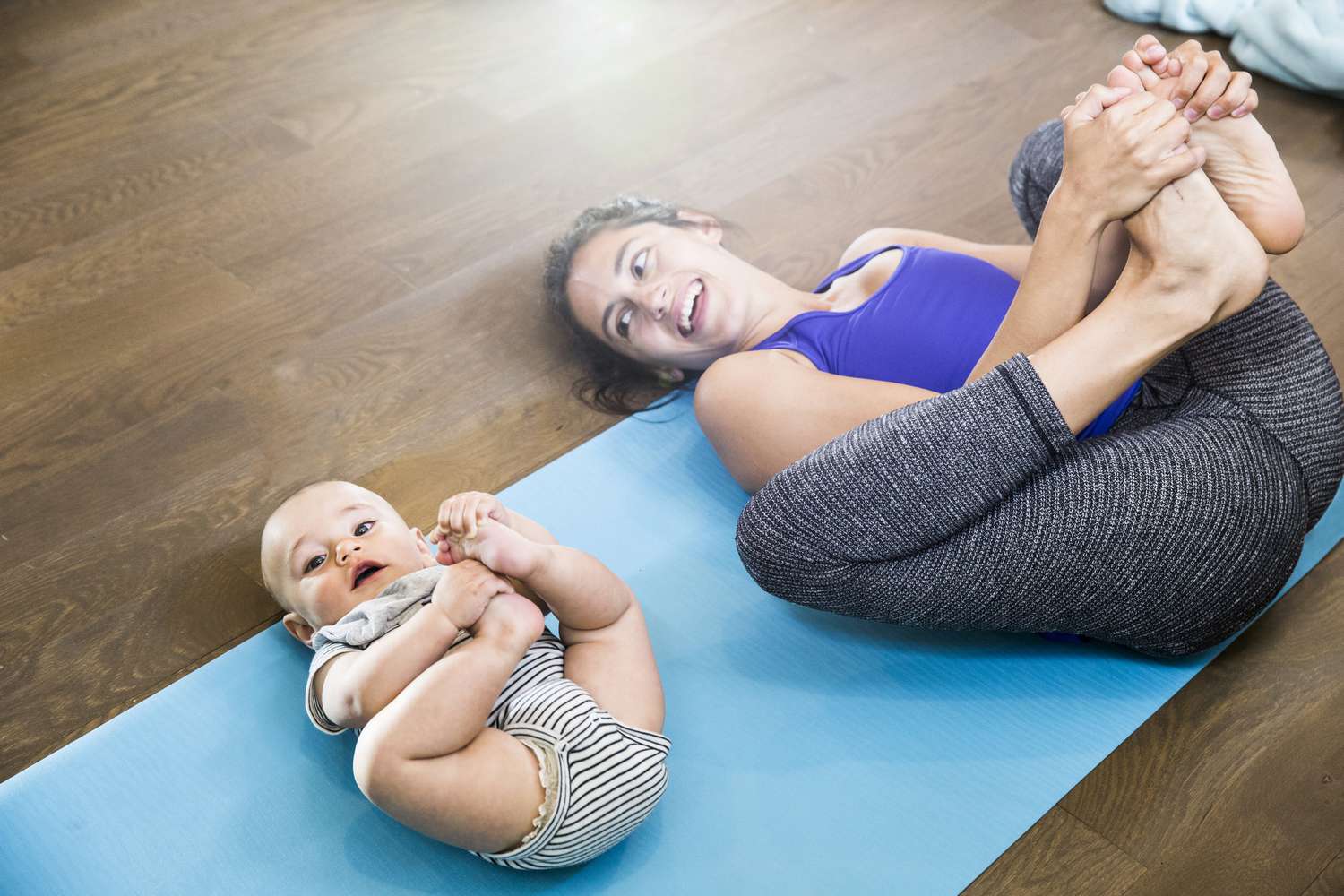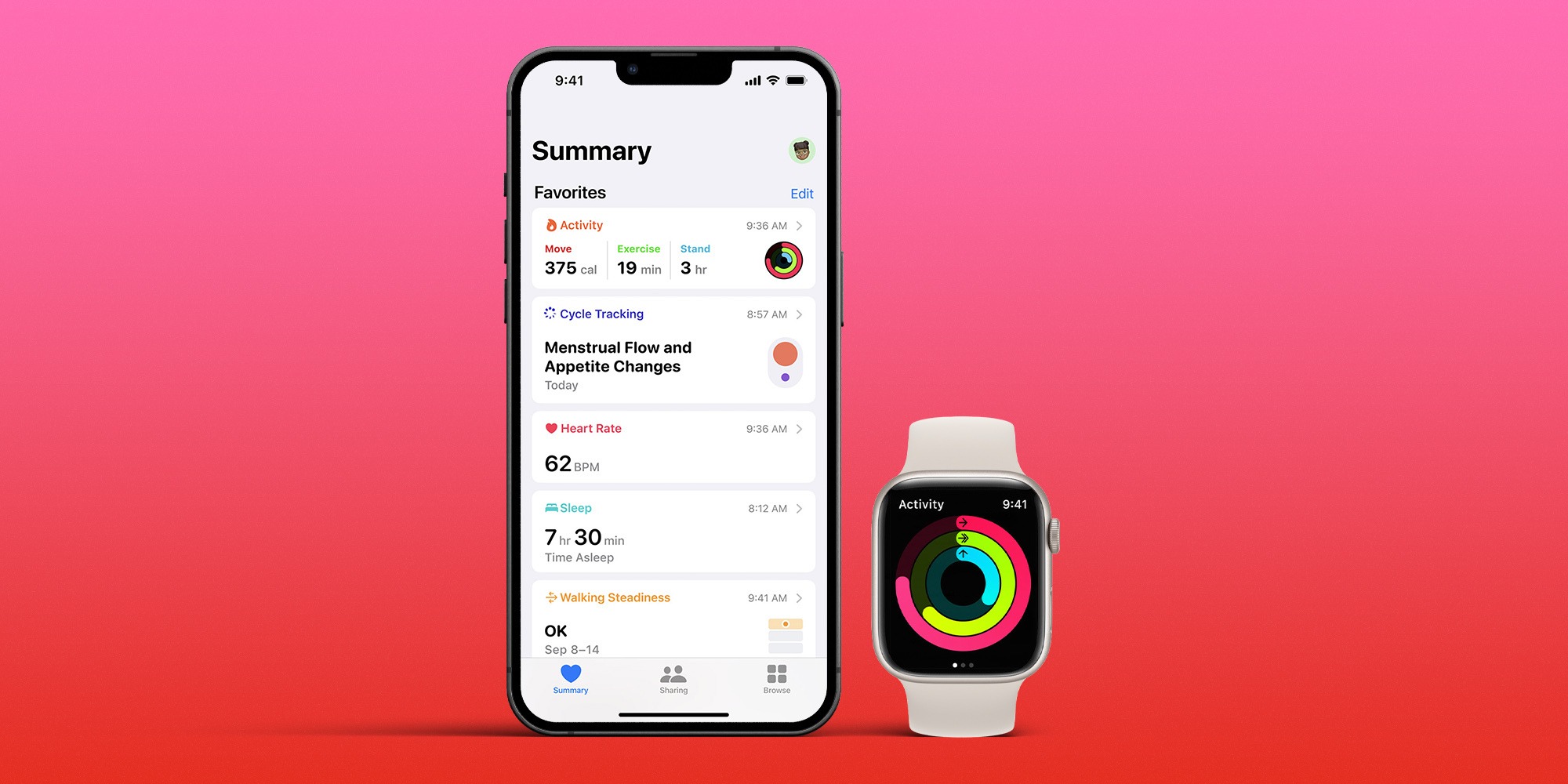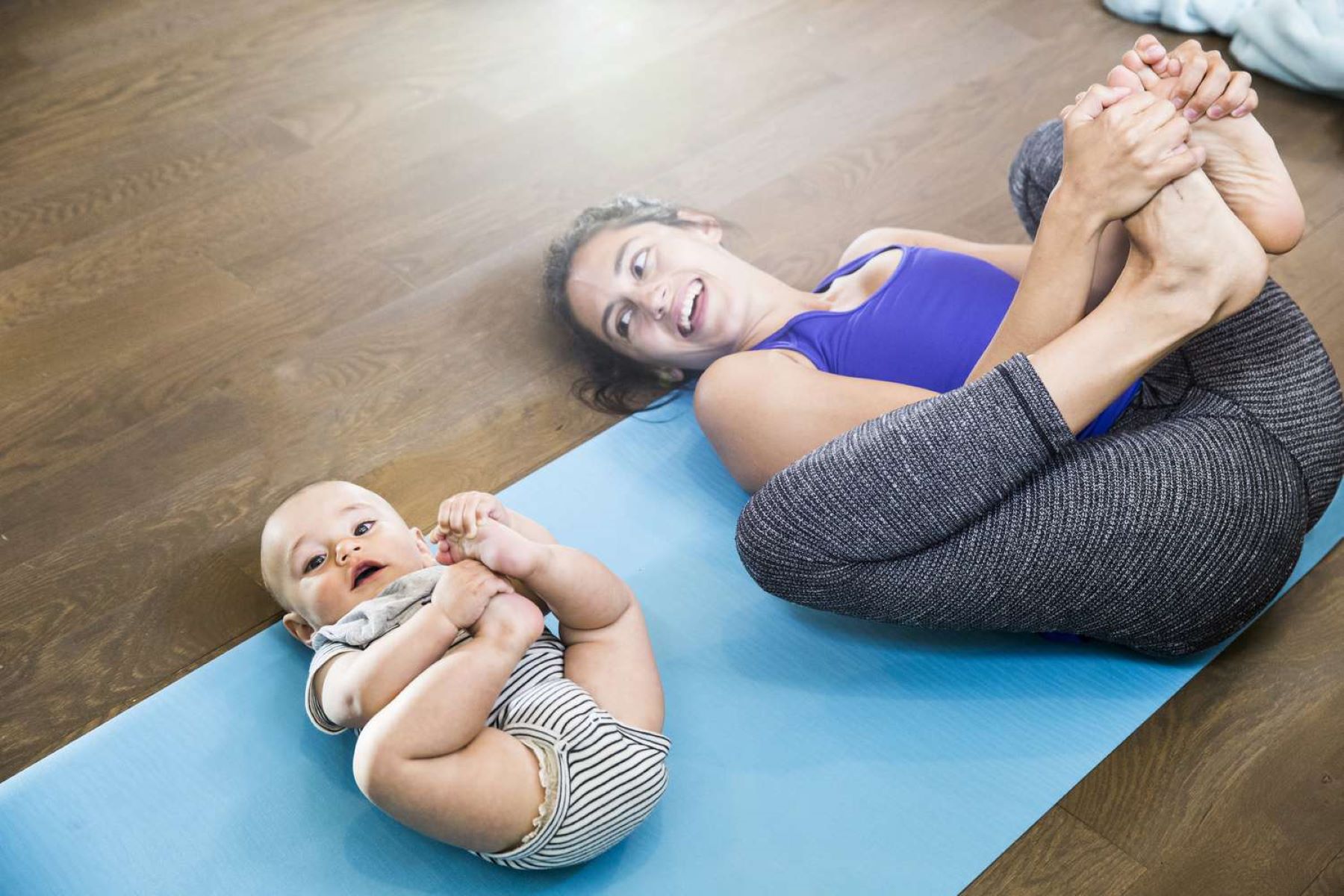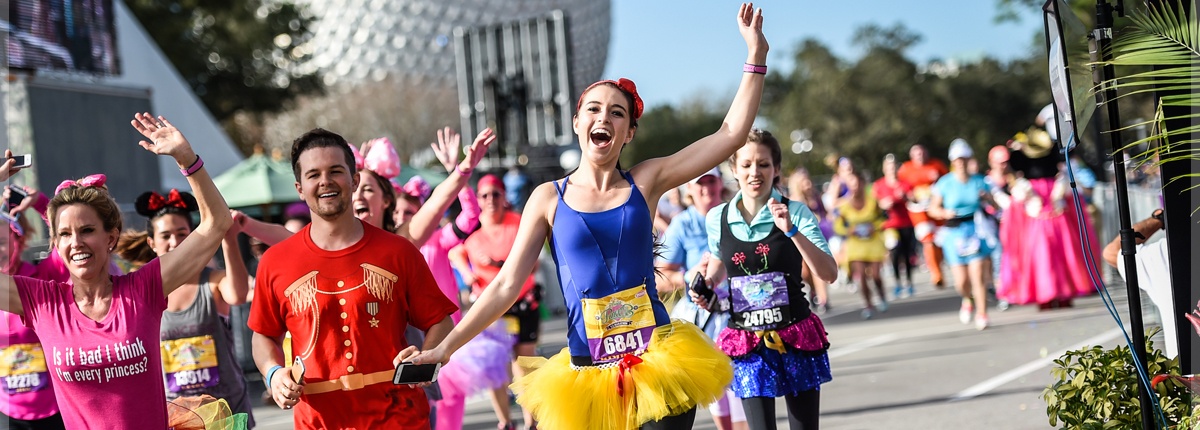

Featured
When Can I Start Jogging After Birth
Modified: January 2, 2024
Discover when you can start jogging after giving birth with our featured article. Regain your fitness and stay healthy post-pregnancy.
Introduction
After the incredible journey of pregnancy and childbirth, many new moms are eager to regain their pre-pregnancy fitness levels and embrace a healthy, active lifestyle. One popular postpartum exercise option is jogging. Not only does jogging provide a cardiovascular workout, but it also allows new moms to enjoy some quality time outdoors and relieve stress.
However, it’s important to approach postpartum exercise, including jogging, with caution and consideration. Your body has been through significant changes during pregnancy and childbirth, and it needs time to heal and recover. In this article, we will explore the benefits of postpartum exercise, factors to consider before starting jogging, when it is safe to begin jogging after birth, and essential tips to keep in mind for a successful and enjoyable jogging routine.
Remember, every woman’s postpartum journey is unique, so it’s crucial to consult with your healthcare provider and listen to your body throughout the process. Now, let’s delve into the benefits of postpartum exercise and why jogging can be an excellent option for new moms.
Benefits of Postpartum Exercise
Engaging in regular exercise after giving birth provides numerous physical and mental health benefits for new moms. Here are some key advantages of postpartum exercise:
- Physical Recovery: Exercise can aid in the recovery process by improving blood circulation, promoting healing, and reducing postpartum pain and discomfort. It can also help restore muscle strength, flexibility, and tone that may have been lost during pregnancy.
- Weight Management: Regular exercise, including jogging, can assist in shedding those extra pounds gained during pregnancy. Combined with a balanced diet, it can help new moms achieve and maintain a healthy weight.
- Mental Well-being: Exercise releases endorphins, which are known as “feel-good” hormones. This can help combat postpartum blues, reduce stress, and improve overall mood and mental well-being.
- Bonding Time: Jogging with your baby can be a wonderful bonding experience. Invest in a jogging stroller or baby carrier designed for exercise to safely include your little one in your outdoor activities.
- Increased Energy: Regular physical activity boosts energy levels, making it easier to keep up with the demands of motherhood. Jogging can help improve stamina and overall endurance.
- Cardiovascular Health: Jogging is an excellent form of cardio exercise that increases heart rate, improves lung capacity, and enhances overall cardiovascular health.
- Social Connection: Joining postnatal exercise groups or jogging with other moms can provide a sense of community and support during this transformative phase of motherhood.
These benefits highlight the importance of incorporating postpartum exercise, including jogging, into your routine. However, before lacing up your running shoes, there are some essential considerations to keep in mind. Let’s explore them in the next section.
Considerations Before Starting Jogging
Before embarking on a jogging routine after giving birth, it’s vital to consider a few factors to ensure your safety and well-being:
- Postpartum Recovery: Give your body sufficient time to heal after childbirth. Consult with your healthcare provider to determine when it’s appropriate to begin exercising, especially if you had a complicated delivery or a C-section.
- Core Strength: Pregnancy can weaken the core muscles, including the abdominal and pelvic floor muscles. Strengthening these muscles through targeted exercises, such as pelvic floor exercises and core strengthening routines, is essential before starting high-impact activities like jogging.
- Listen to Your Body: Pay attention to any discomfort or pain. If you experience any unusual symptoms, such as persistent bleeding, dizziness, or extreme fatigue, consult your healthcare provider before continuing or starting any exercise routine.
- Breastfeeding Considerations: If you are breastfeeding, keep in mind that physical activity can affect milk supply. It’s recommended to nurse or express milk before jogging to ensure comfort and prevent engorgement.
- Proper Nutrition and Hydration: Maintain a well-balanced diet and stay hydrated to support your postpartum recovery and exercise routine. Drink plenty of water before, during, and after jogging to prevent dehydration.
- Quality Footwear: Invest in a pair of proper, supportive running shoes that provide adequate cushioning and stability. This will help protect your feet and reduce the risk of injury while running.
- Gradual Progression: Start with light exercises and gradually increase the intensity and duration of your jogging sessions. This gradual approach allows your body to adapt and reduce the risk of injury.
By considering these factors and taking the necessary precautions, you can ensure a safe and enjoyable jogging experience after giving birth. Next, let’s explore when it’s generally safe to begin jogging again after childbirth.
When to Begin Jogging After Birth
The ideal time to start jogging again after giving birth varies for each individual and depends on various factors, including your overall health, postpartum recovery, and any complications you may have experienced.
In general, most healthcare providers recommend waiting until your postpartum check-up, which typically occurs around six weeks after delivery, to get clearance for starting more strenuous exercise, including jogging. However, this timeline may differ based on personal circumstances, so it’s essential to discuss your specific situation with your healthcare provider.
During your postpartum check-up, your healthcare provider will assess your physical healing, check for any underlying issues, and provide guidance on when it’s safe to resume higher impact activities like jogging. This appointment is an excellent opportunity to discuss your exercise plans and address any concerns you may have.
It’s crucial to remember that even if you receive clearance to start jogging, you should ease into it gradually. Begin with a mix of walking and jogging, gradually increasing the jogging time as you feel comfortable and your body adjusts. Listen to your body’s cues and modify your routine as needed.
If you had a more complicated delivery, such as a C-section or a perineal tear, you may need to wait longer before starting jogging or any high-impact exercise. Your healthcare provider will provide specific guidance based on your individual circumstances.
Remember, the postpartum period is a time for patience and self-care. Allow your body to recover fully before engaging in any rigorous activities while prioritizing your overall well-being.
In the next section, we’ll discuss the importance of listening to your body during your postpartum jogging journey.
Listening to Your Body
As you begin your postpartum jogging journey, it’s crucial to listen to your body and pay attention to its signals. Each woman’s postpartum recovery is unique, so it’s important to stay attuned to how you feel during and after jogging sessions.
Here are some key points to keep in mind when listening to your body:
- Start Slowly: Begin with shorter jogging sessions and gradually increase the duration and intensity over time. This allows your body to adapt and prevents overexertion.
- Monitor Discomfort: Normal postpartum discomfort, such as mild soreness or pelvic pressure, may be expected. However, if you experience pain that is persistent, sharp, or worsening, it’s important to stop and consult your healthcare provider.
- Be Mindful of Pelvic Floor: Pay attention to any signs of pelvic floor weakness or dysfunction, such as urinary leakage or a feeling of heaviness in the pelvic area. If you notice these symptoms, consider consulting a pelvic health specialist or physical therapist.
- Take Breaks when Needed: If you feel fatigued or out of breath, it’s important to take breaks. Listen to your body’s cues and rest when necessary to prevent overexertion.
- Stay Hydrated: Drink plenty of water before, during, and after your jogging sessions to stay hydrated and maintain optimal performance.
- Prioritize Recovery: Allow yourself adequate time to recover between jogging sessions. Rest days are just as important as exercise days to help your body heal and rejuvenate.
It’s important to understand that your body may take time to regain its pre-pregnancy strength and endurance. Be patient with yourself and celebrate the progress you make along the way.
In the next section, we’ll provide you with some essential tips to make your postpartum jogging experience even more successful and enjoyable.
Postpartum Jogging Tips
As you embark on your postpartum jogging journey, consider the following tips to ensure a successful and enjoyable experience:
- Warm-Up and Cool Down: Prior to jogging, engage in a dynamic warm-up routine to prepare your muscles for the activity. After jogging, incorporate static stretches to cool down and help prevent muscle soreness.
- Pick the Right Time: Choose the best time of day for your jogging sessions. Mornings can be refreshing, while evenings may offer a peaceful ambiance. Find a time that works for you and fits into your daily routine.
- Invest in Supportive Gear: Wear a supportive sports bra and choose comfortable, moisture-wicking clothing to prevent chafing and ensure optimal movement. Don’t forget to wear a sun hat or apply sunscreen for protection against the sun’s harmful rays.
- Use Proper Running Form: Maintain good running posture by keeping your chest lifted, shoulders relaxed, and core engaged. Land mid-foot and take shorter strides to reduce impact on your joints.
- Stay in Safe Areas: Choose well-lit and safe routes for jogging, preferably with designated pedestrian paths. Avoid uneven terrain and be mindful of your surroundings.
- Stay Motivated: Find ways to stay motivated during your jogging sessions. Listen to upbeat music, join a running group, or use a fitness tracking app to monitor your progress and set goals.
- Stay Flexible: Be open to adjusting your jogging routine as needed. If your baby needs attention, take a break and attend to their needs. Flexibility is key in balancing motherhood and exercise.
- Stay Hydrated: Carry a water bottle or plan your jogging routes near water fountains to stay hydrated throughout the session. Hydration is vital to support your performance and overall well-being.
- Enjoy the Journey: Embrace the opportunity to spend time outdoors, enjoy the scenery, and savor the benefits of physical activity. Use jogging as a chance to recharge mentally and let go of any stress or worries.
By following these tips, you can create a positive and rewarding postpartum jogging routine. Remember, everyone’s journey is unique, so listen to your body, adapt your routine as necessary, and most importantly, enjoy the process!
Now, let’s wrap up with a few final thoughts.
Conclusion
Embarking on a postpartum jogging routine can be an exciting and empowering way for new moms to prioritize their physical and mental well-being. However, it’s important to approach postpartum exercise, including jogging, with caution and consideration for your body’s recovery process.
In this article, we explored the benefits of postpartum exercise, such as jogging, including physical recovery, weight management, mental well-being, and bonding time with your baby. We discussed essential considerations before starting jogging, such as postpartum recovery, core strength, and listening to your body’s cues.
We also provided insights into when it’s generally safe to begin jogging after childbirth and emphasized the importance of gradually increasing your jogging routine to allow your body to adapt. Additionally, we shared valuable tips, including warm-up and cool-down routines, picking the right time to jog, using proper running form, and staying motivated.
Remember, your postpartum journey is unique, and it’s essential to consult with your healthcare provider before starting any exercise routine. Listen to your body, be mindful of its needs, and adjust your jogging routine as necessary. Embrace the opportunity to enjoy quality time outdoors, focus on self-care, and celebrate the progress you make along the way.
With patience, perseverance, and self-care, you can successfully incorporate jogging into your postpartum routine and reclaim your fitness and well-being. Stay committed to your goals, trust in your body’s strength, and continue to cherish the beautiful journey of motherhood while embracing a healthy, active lifestyle.









